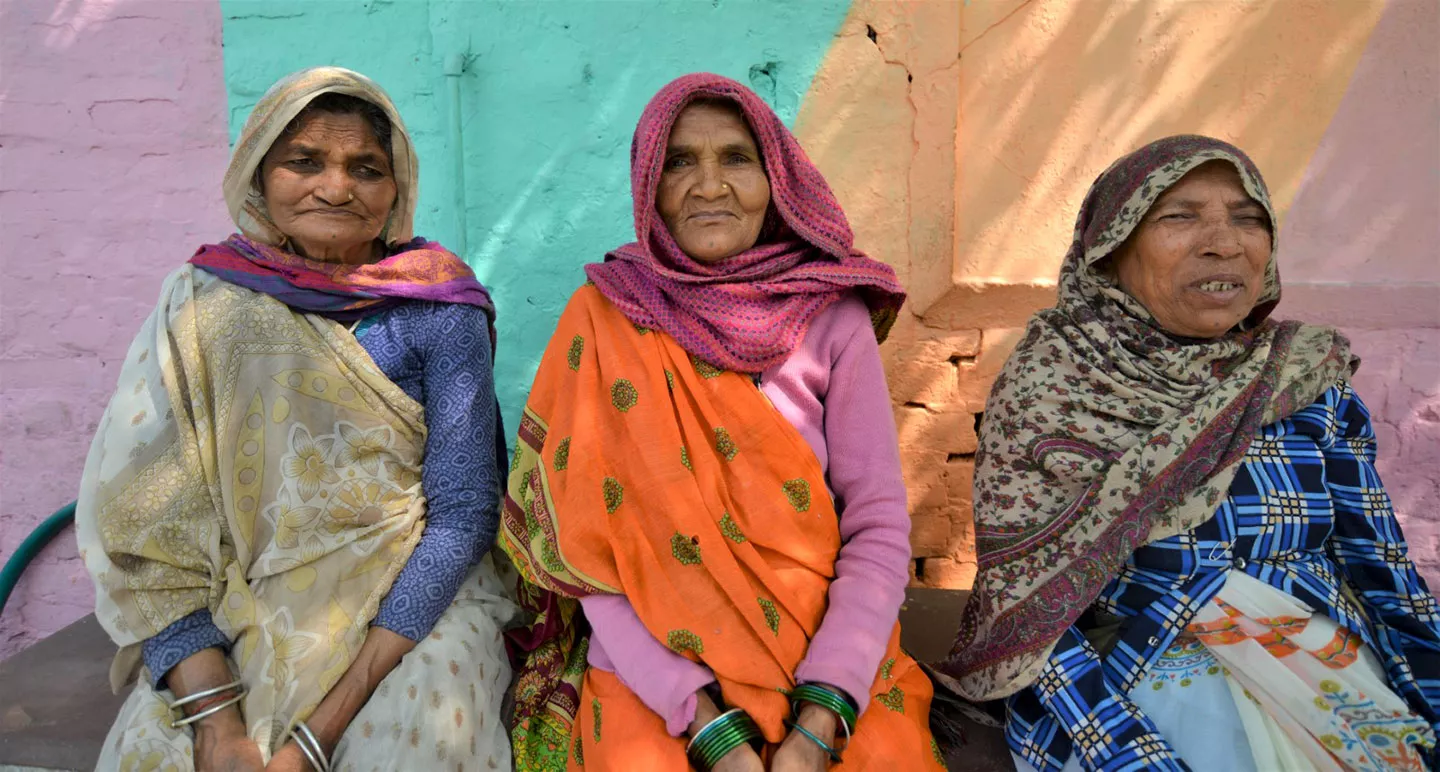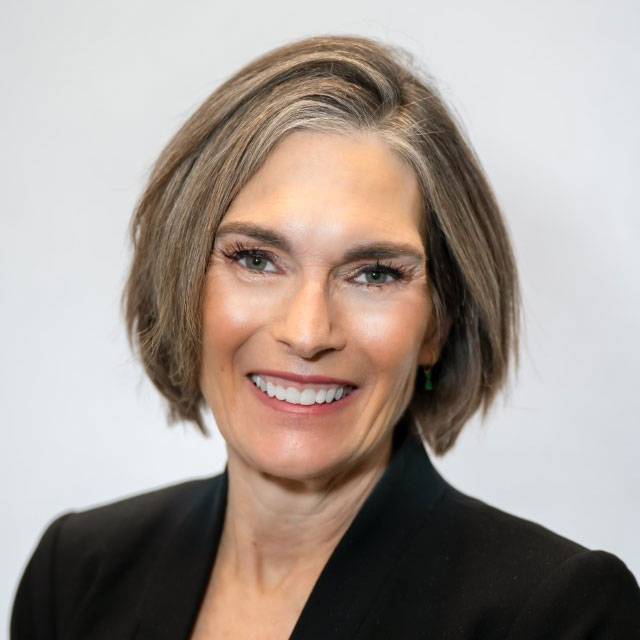Championing Billions of Women Through the Hologic Global Women’s Health Index

The invitation proved too momentous to pass up.
It arrived as I reached my third decade in academic medicine, including years of serving as Director of Breast Imaging for Johns Hopkins Medicine. During this entire time, it was a privilege to help thousands of women – and their families – navigate their journeys against breast cancer.
Then came the invitation from Hologic, the global medical technology innovator that champions women’s health. Hologic offered me the opportunity to make a positive difference for many more women through preventive care, which gives patients the best chance of overcoming serious medical issues thanks to early detection and treatment.
 Today, nearly four years since joining Hologic, I’m helping to increase both the life expectancy and quality of life for the world’s 3.9 billion women and girls in my role as Vice President of Global Medical Affairs. The foundation of my work is the Hologic Global Women’s Health Index, the world’s largest study of this topic based directly on the experiences of women.
Today, nearly four years since joining Hologic, I’m helping to increase both the life expectancy and quality of life for the world’s 3.9 billion women and girls in my role as Vice President of Global Medical Affairs. The foundation of my work is the Hologic Global Women’s Health Index, the world’s largest study of this topic based directly on the experiences of women.
The Index arose after Hologic’s global leadership asked the question: What are we doing for women’s health worldwide? We found there was no single, global, benchmark-able measure of women’s health derived straight from women’s perspectives. Previous sources of data about women’s well-being were limited in their scope of data collection, and they were often designed to support particular political, financial or government interests. The women of the world – who form the cornerstone of families, communities and economies – clearly needed something innovative to elevate attention and increase resources for their well-being.
Hologic took on the challenge. We developed the Hologic Global Women’s Health Index in partnership with Gallup, creator of the long-trusted World Poll, and experts in global health and public health. In its second and most recent year, the Index surveyed about 127,000 people in more than 140 languages and across 122 countries and territories, an immense sampling that represents 94% of the world’s women and girls aged 15 or older.
Two annual reports for the Index have been released, and the findings from both have been astounding and sobering.
The research reveals vast room for improvement across five dimensions of health — Preventive Care, Emotional Health, Opinions of Health and Safety, Individual Health and Basic Needs — that together explain 80% of the variations in women’s life expectancy. These dimensions provide a critical framework through which leaders can prioritize and take action to better women’s health.
The latest Index data, which was collected throughout 2021 and then disseminated starting in fall 2022, included these alarming estimates:
- More than 1.5 billion women worldwide lacked screenings for cancer, heart disease, diabetes or sexually transmitted diseases/infections.
- The women’s health gap between high-income and low-income economies nearly doubled from 2020 to 2021.
- Nearly 1 billion women worldwide said they at times lacked money to buy enough food for themselves and their families, and almost 800 million women worldwide said they at times lacked money for adequate shelter.
- Record-high percentages of women worldwide said they experienced worry, stress, sadness and anger.
The Index finds that for too many women, the ability to make preventive care a top priority is undercut by challenges such as food and housing insecurity, lack of educational opportunities, gender-based violence and limitations related to chronic disease and pain.
Women’s health is also embedded in – and reflective of – cultures, freedoms (or lack of them), communities, governments, economic conditions and large geopolitical situations. Every country/territory evaluated by the Index faces significant room for progress: The average global score was only 53 out of a possible 100, the highest score was 70 for Taiwan and the lowest score was 22 for Afghanistan.
It’s easy to put women’s health on the back burner. Yet doing so comes at a cost — for women and for all those who depend on them. Women’s health is a crucial factor for societal stability, financial advancement and fundamental human rights.
While distressing, the results of the Index strengthen my resolve to do even more for women’s health. Hologic and our partners continue to engage leaders worldwide to leverage insights from the survey so they can champion women’s wellness.
What can each of us do on an individual basis? I urge everyone to use their actions and voices to make a difference. Start by seeing your healthcare professional for preventive care. During those visits, make sure all your health questions and concerns are addressed. Share important and accurate information with others regarding preventive care and encourage your family, friends and co-workers to see a healthcare professional regularly.
Positive change for women’s health must take place from the personal level to the global level.

